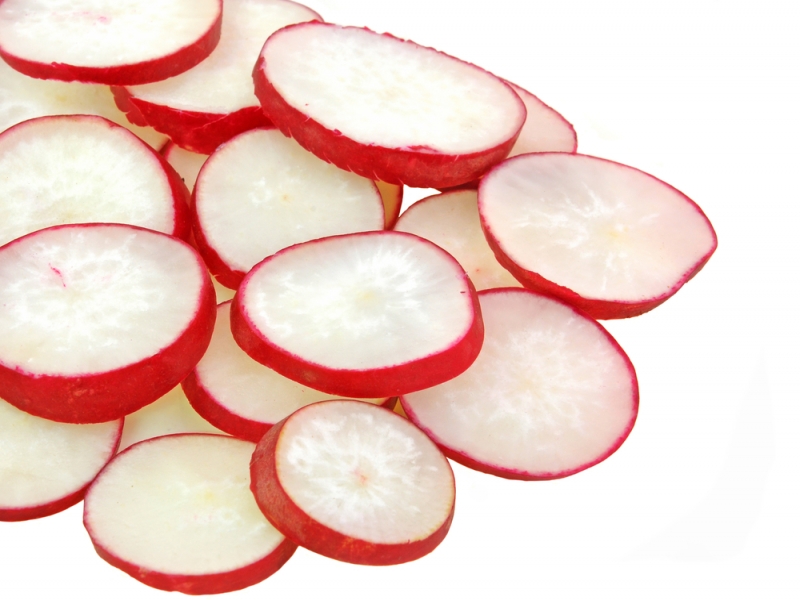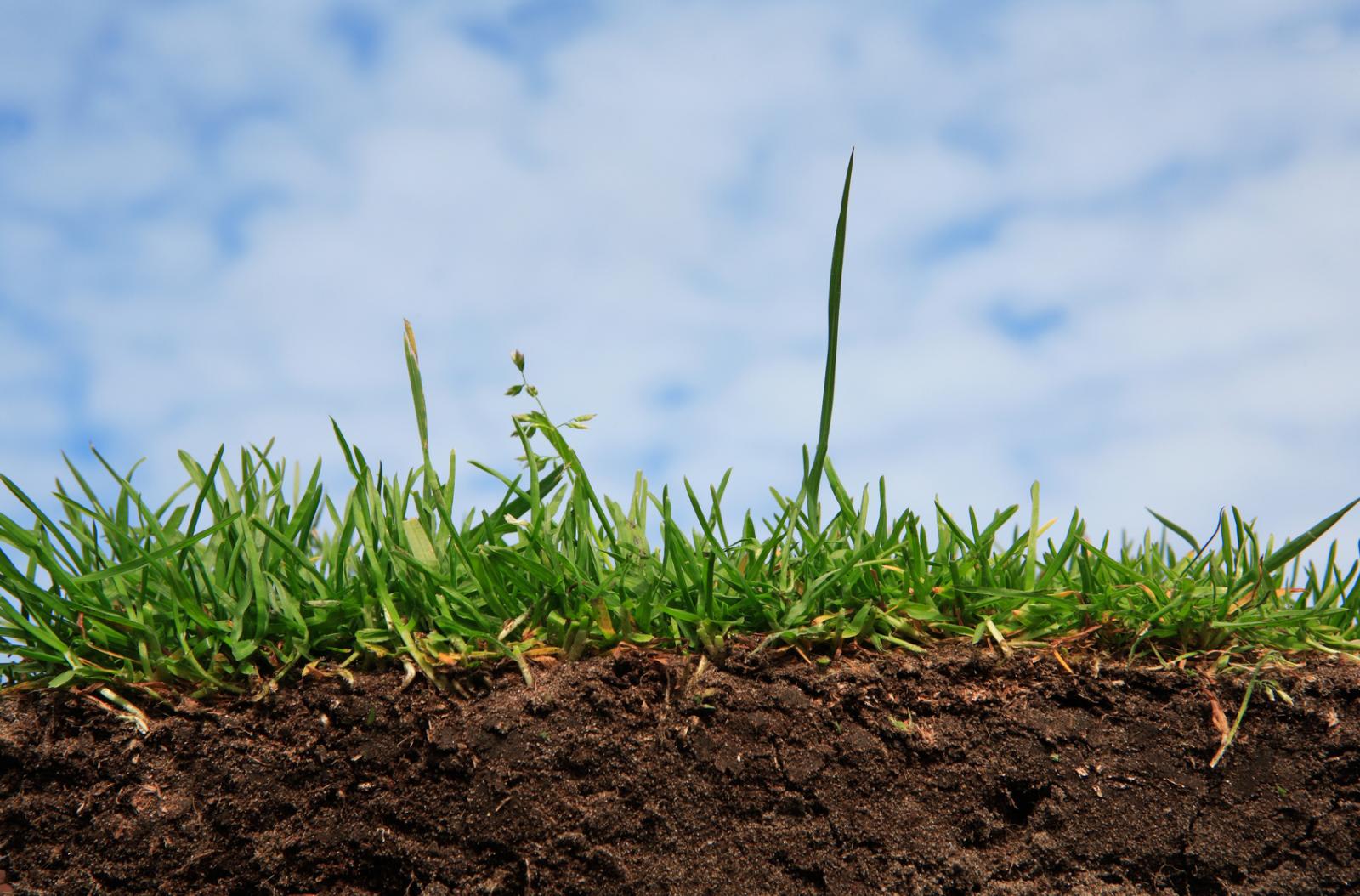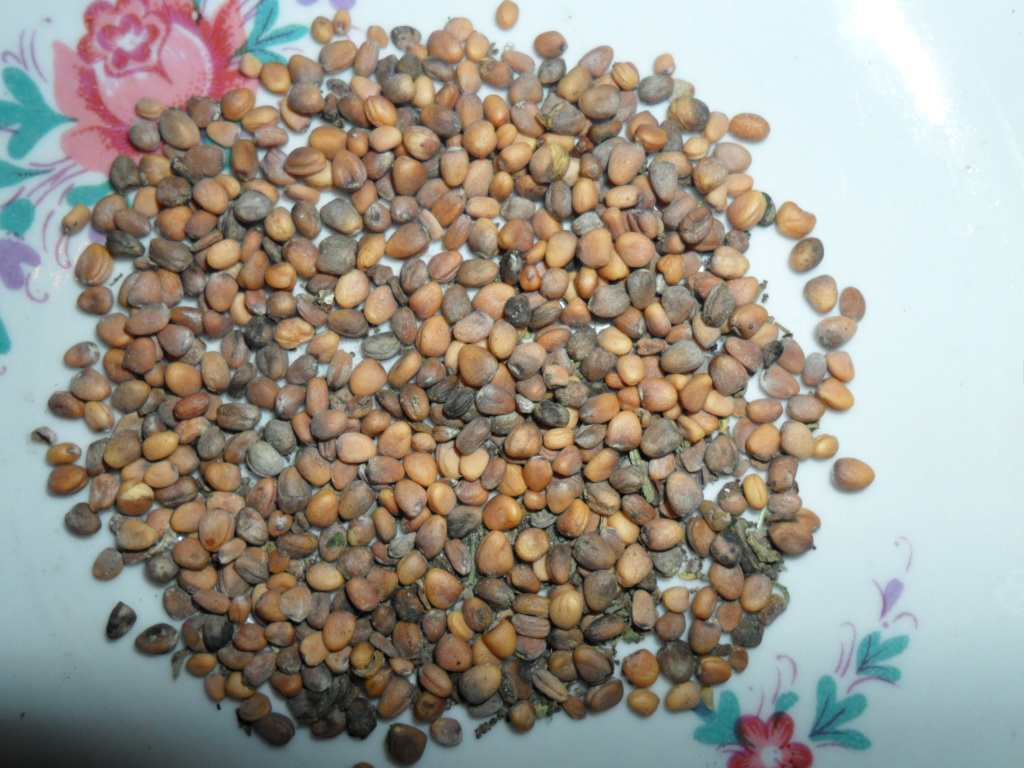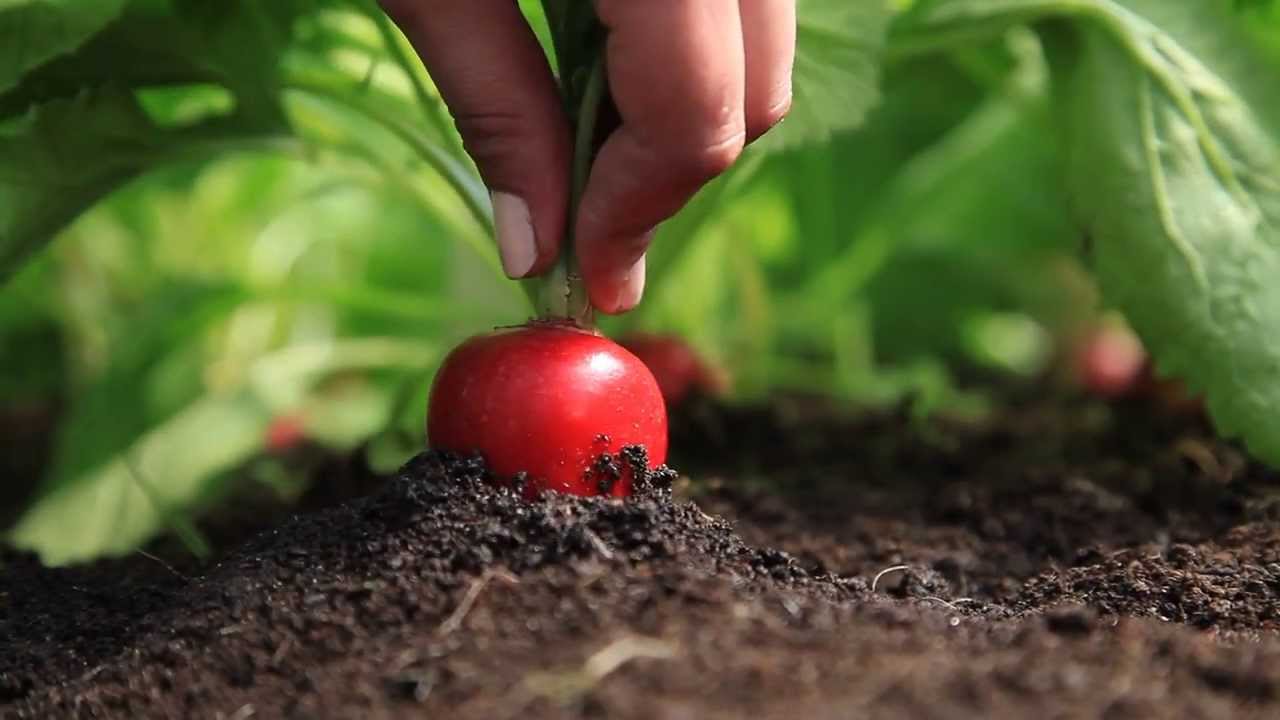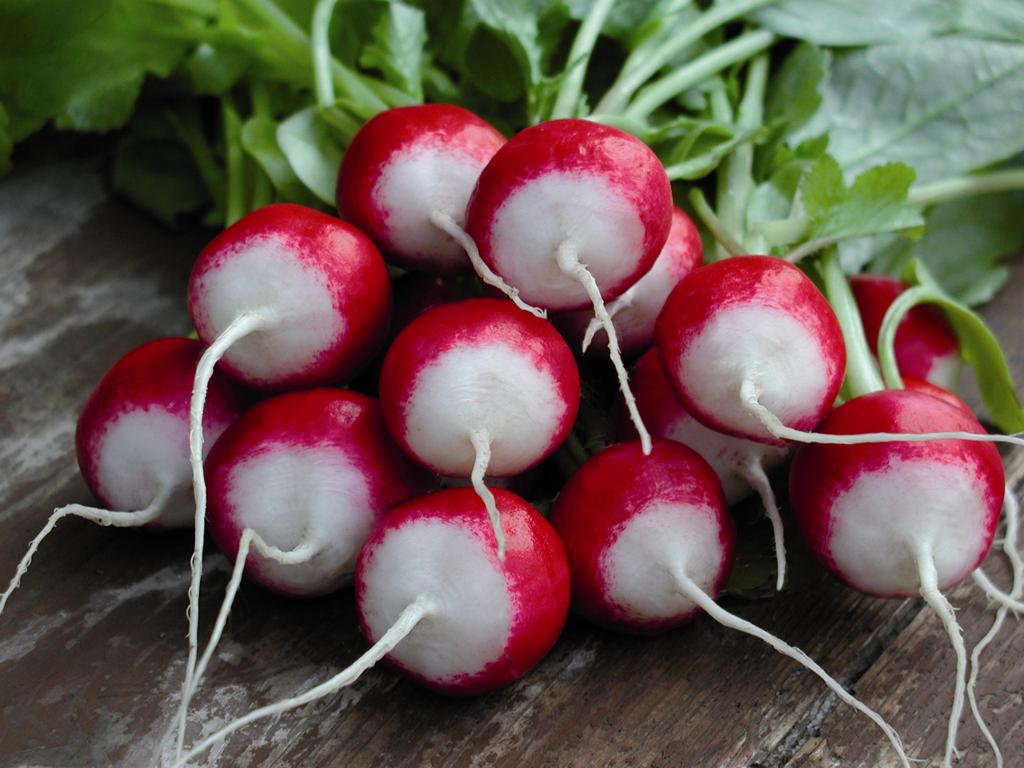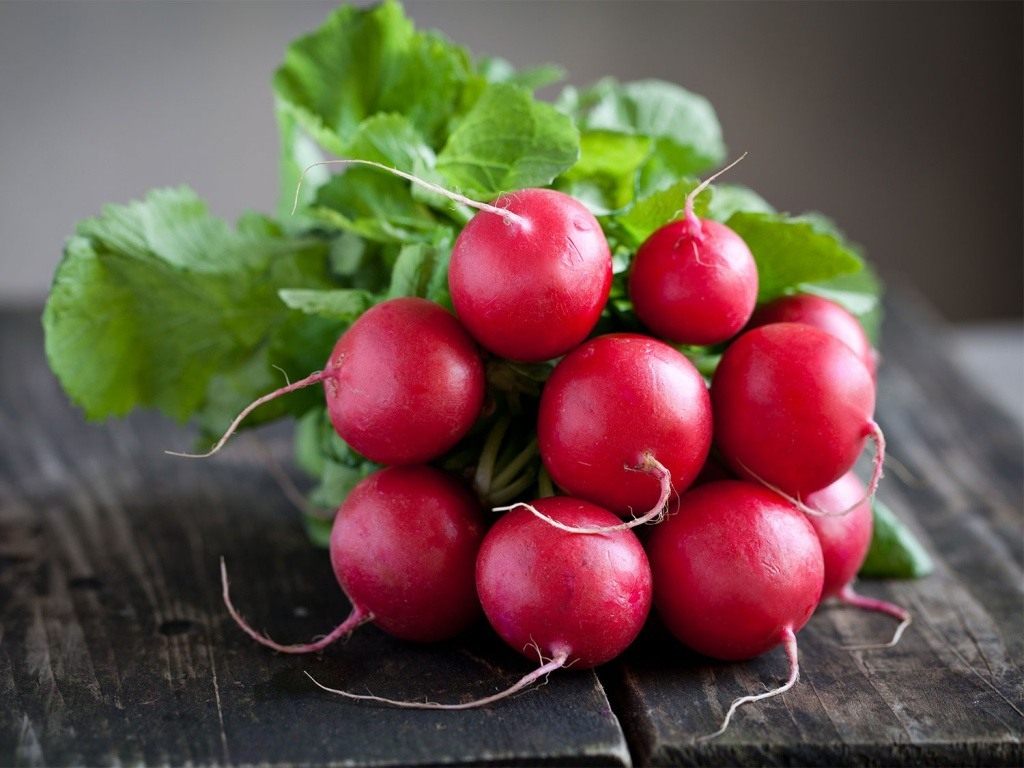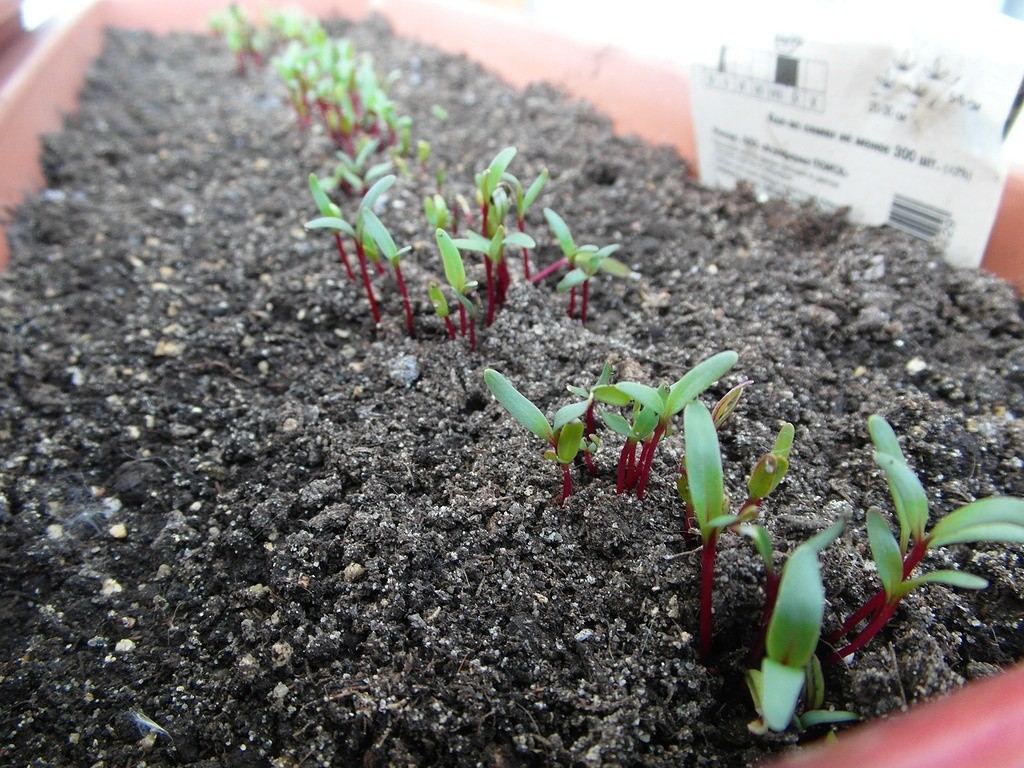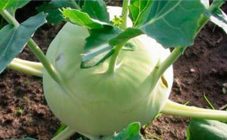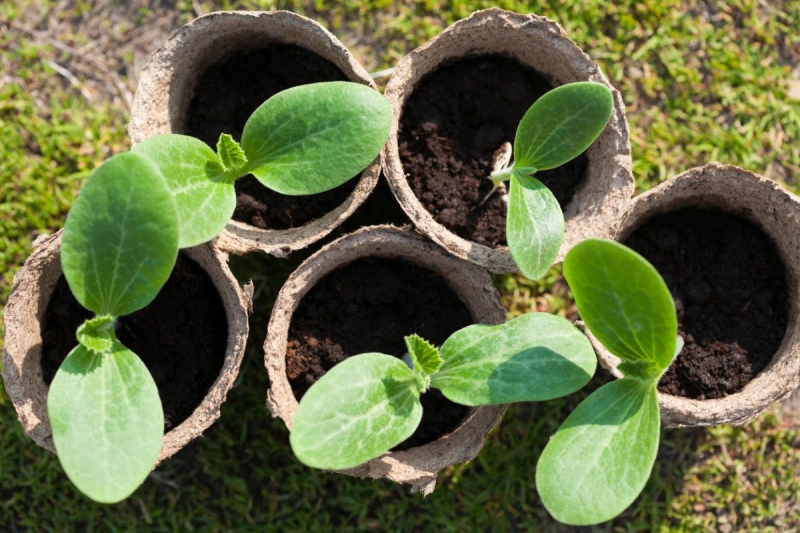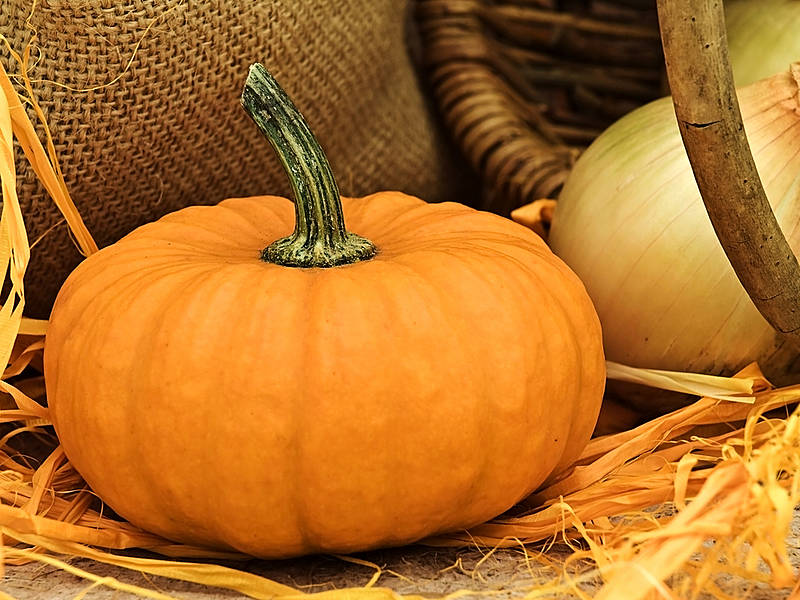Content:
Gardeners are very fond of radishes for their unpretentiousness and early harvest. This is one of the first crops to be planted in the spring and rejoice when crispy radishes appear on the table. In addition, it is very useful and suitable for consumption raw, straight from the garden. Almost no vegetable garden is complete without radishes. In the article, we will take a closer look at when to plant radishes in spring in open ground and how to care for them.
Agrotechnics of culture
It is worth considering that radishes require short daylight hours and more or less cool weather. If sowing is delayed, then during the heat and long daylight hours the plant will go into the arrow.
To understand when to sow radishes after all, you need to monitor the air temperature. Optimum conditions are at + 10 ° С during the day. If the air warms up to + 15 ° C, then the radish will begin to sprout 7 days after planting. And in case of intense heat in spring, more than + 20 ° C, sprouts will appear in just 3 days. Radish feels fine in the temperature range from + 10 ° С to + 20 ° С. Under these conditions, the crop can be harvested after 20 days.
Radish tolerates light frosts normally, the emerging seedlings will not die. That is why this crop is preferred to be sown earlier than all other vegetables.
Radish is demanding on soil moisture - this is another reason for planting it in early spring. After winter, the soil contains a lot of moisture and still does not have time to evaporate it under the scorching sun. Such conditions favor the rapid germination of seeds.
You need to take care of the garden bed in advance. Garlic, tomatoes, potatoes and onions can grow there. The main thing is that there are no cruciferous plants there. After harvesting, fertilizers should be applied in order to plant radishes there the next year.
Prepare the garden as follows:
- dig up;
- remove plant roots that remain there;
- add compost and humus.
If the soil needs serious feeding, then add superphosphate in granules, potassium sulfate, ammonium nitrate. With high soil density, river sand and peat are added. In general, radishes prefers loose soil with a neutral reaction, sometimes slightly acidic ones are acceptable.
All varieties of radish are divided into:
- early maturing: Lanket, Cherry belli, Camelot, Okhotsk, No 18;
- average ripening period: Heat, Red giant, Zlata, Mokhovsky;
- late ripening: rampous.
Sowing recommendations in the Moscow region, Siberia and the Urals
Since the soil warms up in different climatic zones at different times, there is no universal date for planting radishes. Experienced gardeners use the lunar calendar to better determine the date. The root crop is recommended to be planted with the waning moon - this way the root will be better developed.
In general, the date when to plant radishes depends on the region:
- For the middle zone, including the Moscow region, the planting period is the end of March, lasting until the end of May. The root crop is planted at intervals of 10 days in order to get an uninterrupted harvest. Thus, May is the last month for sowing radishes;
- Due to weather conditions, the Leningrad region and the adjacent territories allow sowing radishes in early April, there it is a little further north, therefore, it is colder. Radishes are sown until about mid-May;
- In the northern regions of Russia, such as Siberia, warm weather sets in by the first days of May - this is the time to plant radishes in the open ground. The main thing is not to miss the deadline;
- For the South Ural region, the beginning of sowing operations is April, its third decade;
- In southern Russia, radishes are planted since mid-March;
- In Primorye, the landing date is the end of April.
Reproduction of culture
After a while, if the radish is not pulled out, but left in the garden, the root crop becomes tougher, and the plant shoots an arrow. An inflorescence is subsequently formed on it, and then seeds.
The flower of the culture is yellow, and the seeds are in a pod in an amount of up to 8 pieces. Radish belongs to the Cabbage family and is cross-pollinated, but can also be pollinated by itself. Pollen is carried by insects and wind. Can be pollinated with all varieties of radish or radish. Radish bloom begins in June with long daylight hours.
Planting material is chosen when root crops ripen, because it is at this moment that differences in varieties are visible. To obtain radish seeds for a small sowing area, 10 testes are enough.
They are selected according to the following parameters:
- uniform color and shape;
- big size;
- non-cracking roots;
- the number of true leaves in the outlet is no more than 6 pieces;
- late peduncle formation.
After selection on sorted plants, pinch the root and remove all the leaves, leaving about 3 pieces in the middle. This leads to the formation of a peduncle. Then the testes are dipped in an aqueous solution of clay and cow dung, which promotes root formation and prevents rashes. Plants are planted at a distance of 50 cm from each other. The testes are watered and protected from the sun.
It is important that plants selected for seeds are planted in isolation. This is done to avoid cross-pollination with other plantings, which will lead to a loss of varietal qualities. In some cases, the radish does not even form a root vegetable. The crop can become over-pollinated even with plantings, for example, of a radish located at a distance of 500 m.
Since it is impossible to isolate radish for half a kilometer in the vicinity, a covering material is used. As soon as the plants go into the arrow, they must be immediately covered when at least one flower appears. If inflorescences appeared before covering the beds, then they must be removed, since unwanted pollination by insects or wind could occur. When receiving seeds of several varieties, each bed is covered separately to avoid mixing.
By the beginning of September or even the end of August, the testes are cut and dried in a cool, dark place. Individual varieties are combined together. The color should change from yellow to beige. After drying, the seeds are removed from the pods. They are packaged in bags and grades are signed. Radish germination lasts up to 6 years, but they will not grow so intensively and amicably, so it is better to grow seeds annually.
When threshing pods to extract seeds, a lot of debris is formed from the remnant of the shell and poor quality seeds. A fan is used to clean it. Spread out a cloth and pour the seeds in a trickle in front of the device. Light debris and rejected seeds fly away through the air, and heavy, suitable for planting, fall. The operation is repeated several times for the best effect. If you then select the largest planting material by hand, then you can achieve 100% germination.
Sowing with seeds, care for shoots
In order to increase germination and achieve maximum yield, the seeds are prepared in a special way. They can be soaked in water with a spoonful of honey, in heteroauxin, or in aloe juice mixed with water. The seeds are kept in these solutions for about 30 minutes, then dried with a napkin and sown. Such manipulations will save the radish from diseases and accelerate germination.
In the spring, when the time comes to sow radishes, the soil is leveled and grooves are made in the beds to a depth of one and a half centimeters. The bottom of the furrows is compacted to avoid deep burial of the seeds during planting. The spacing between the grooves is about 10 cm, and between the seeds it is half as much. After planting the radish, the garden bed is slightly compacted from above. Watering with warm water is required. If the wind is outside, the crops must be covered with foil or special covering material to avoid the formation of a dry crust.
Planting radish seedlings
The usual way of growing seedlings for radishes is not suitable - there is a risk of damaging the root and reducing the yield. Gardeners practice a specific method of planting root crops with seedlings. All early maturing varieties are well suited for this. The seedlings obtained in this way can be planted in the future either in greenhouses or in open ground. The greenhouse covering material can be either film or polycarbonate, this will not affect the growth of the root crop. Usually the “18 days” radish variety is grown by seedlings, but other early ripening varieties are also possible.
Seedlings for radishes are obtained using the snail method:
- a small strip of toilet paper is moistened with a growth stimulant;
- the largest seeds are poured with water: those that float must be removed, they will not sprout;
- lay out the seed closer to the edge on a piece of paper with an interval of 1.5 cm;
- roll the resulting strip into a snail roll and put it in a warm room;
- seedlings will appear on the 3rd day, and the root system begins to develop, the seedlings will be ready for planting on the 5th, the main thing is to make sure that the paper does not dry out.
The beds have already been prepared in the fall, and we plant seedlings on them. The timing for radish when planting outdoors is determined by region. The seedlings are placed at a distance of 3 cm from each other and the soil is pressed around them.
Do not forget about watering, as well as periodically loosen the ground in the garden with planted radish seedlings. If the normal access of oxygen to the roots is ensured, then the root crop will not grow bitter, with tender pulp and the absence of voids.
The first days the seedlings should be shaded, protecting from the sun. The daylight hours needed by the radish should last 12 hours. If sowing was carried out in a greenhouse, it is important not to overheat the plants. The greenhouse must be regularly ventilated and must be completely opened periodically.
Radish care
Watering is carried out as the soil dries out. The earth must always be moist. If such a planting scheme is followed, then you will not have to thin out the radishes. In the case of a denser sowing, you will have to thin out before the first true leaves appear. Care is mainly about removing weeds and watering on time. You can also spend a couple of dressings per season with a 1:10 mullein solution.
Caring for radishes is easy, so many sow the crop several times a season to get a good harvest. It is also easy to remember the timing when you need to sow radishes in open ground conditions. In addition, the variety of varieties will satisfy every taste.
